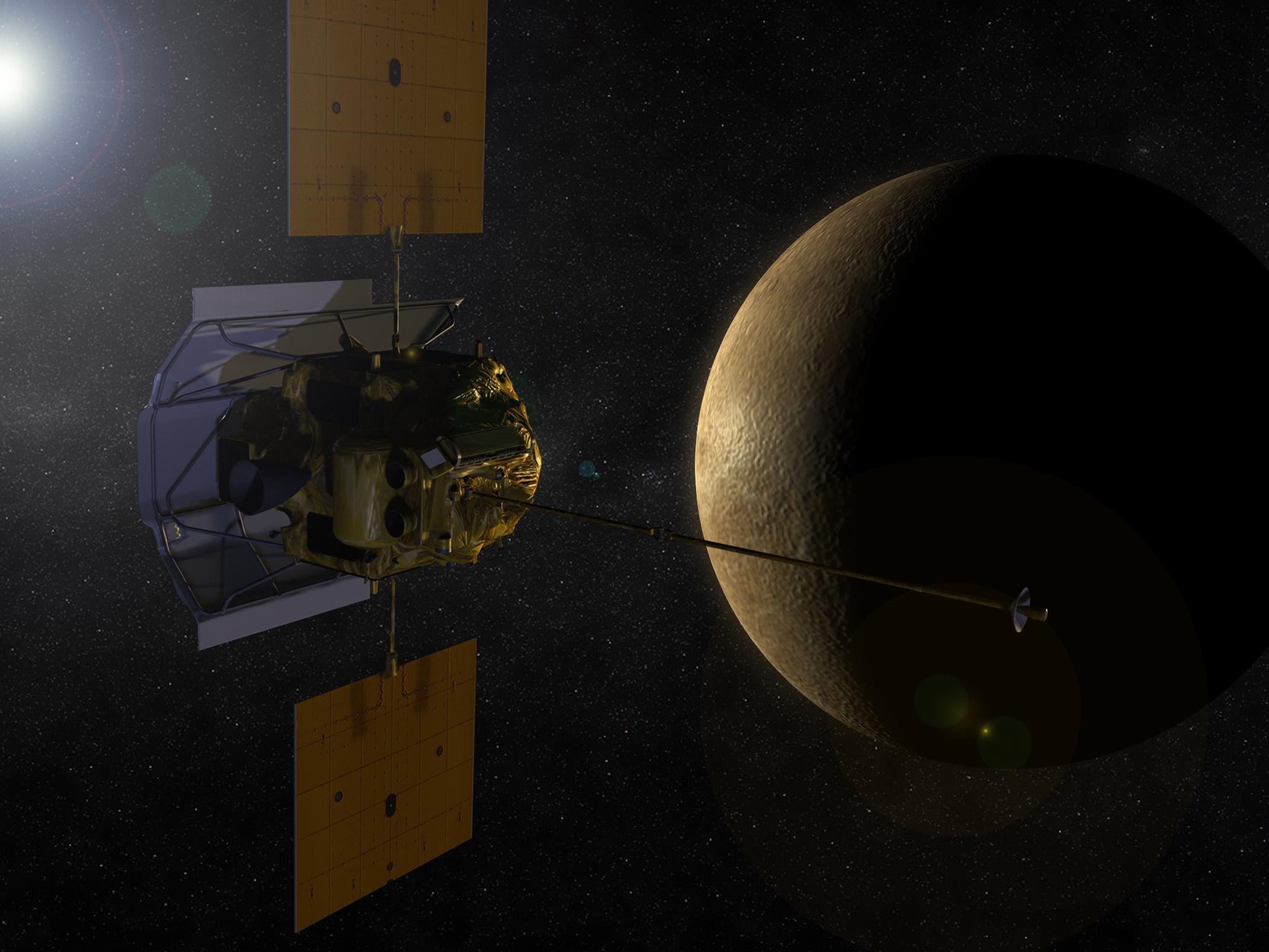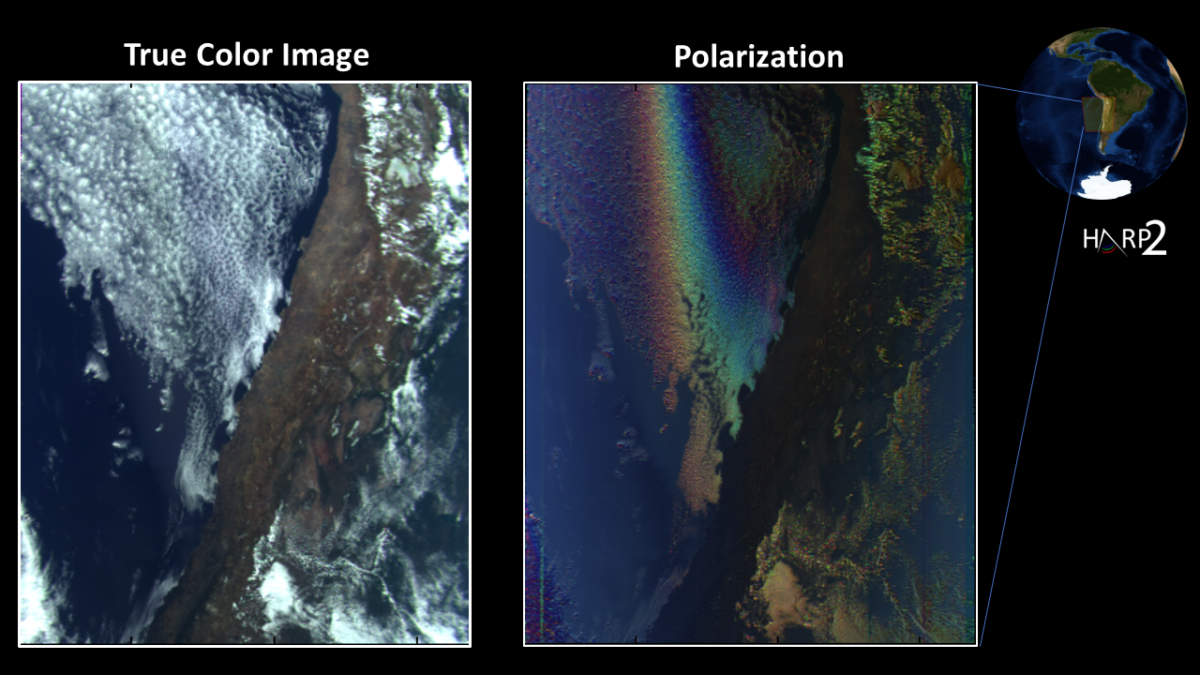UMBC’s Sander Goossens designed and implemented code that’s helping NASA scientists better understand the evolution of planets, starting with Mercury.
He’s part of a research team applying sophisticated new computer programs to data collected by NASA’s MESSENGER mission, which orbited Mercury between 2011 and 2015. They’ve “put together a self-consistent model of the interior of Mercury,” including its inner core, outer core, mantle, and other layers, explains Goossens, associate research scientist at UMBC’s Center for Space Science and Technology.
The study initially sought to confirm scientists’ understanding of Mercury’s gravity and spin. Instruments on the MESSENGER satellite detected variations in the planet’s density as they passed over its surface, to better understand its gravity. By tracking MESSENGER’s location compared to the planet’s surface, the scientists were also able to precisely locate its poles, which determine the axis along which the planet rotates.
Instruments on Earth had suggested measurements for Mercury’s spin state—the combination of how long it takes the planet to rotate on its axis (how long each day is on the planet), and the orientation of that axis. The Earth-based measurements confirmed that the relationship between Mercury’s angles of rotation and orbit were very close to an equilibrium state, but couldn’t say for sure if the planet’s spin was exactly in equilbrium. So when Goossens and his team’s new analysis of the MESSENGER data showed that the planet is exactly in the equilibrium state, “We thought, ‘Wow, this is really good!'”, Goossens says. “To be able to confirm it really is in that state was pretty exciting.”
Taking it further
Confirming Mercury’s spin and gravity opened up an opportunity to take the study to the next level. Goossens says that the team decided to “interpret the data to see if there was anything we could say about the planet’s deep interior that people hadn’t been able to say before, because the measurements weren’t good enough.”
To do that, Goossens had to design new code to analyze the data in a fresh way and get at the underlying core structure of Mercury. The team was particularly curious to know how much molten metal was in the planet’s core, which contributes to its magnetic field and influences how it spins.
“We had to use information from different disciplines to do this, then put that all together into a computer program,” Goossens explains.
Before this study, scientists already knew that Mercury’s core occupied 85 percent of the planet’s total volume, and that the core was at least partly molten metal, as opposed to solid. The new analysis determined that the core was about 52 percent solid. Earth’s core is only about one-third solid.

Data makes the difference
Learning more about Mercury “gives you a clue about the evolution of the planet,” Goossens says. Much of the study of outer space is limited by the data we are able to collect on planets, other bodies, and events that happen extraordinarily far from Earth. So adding just one more set of observations can powerfully inform future work.
This project is also special to Goossens because of his connection to MESSENGER. He joined the NASA team in 2011, just as the MESSENGER mission was embarking on its journey to Mercury. “We have a long history of working with the MESSENGER data,” he says.
Goossens is now excited for future work that builds on previous research and takes advantage of the new findings and the new code. For example, the method has been applied to Mars before, and in fact some of the efforts of Goossens’ team were based on that work. Now, Goossens would love to see the method applied to new, more accurate Mars data coming in from the InSight lander, a mission currently on the surface of Mars.
“Getting clues to Mercury’s structure will help people modeling the evolution of planets,” Goossens says. “It will give them better constraints to test their models and see what kind of predictions they can now make.”
Banner image: An artist’s depiction of the MESSENGER spacecraft approaching Mercury. Credit: NASA.




